
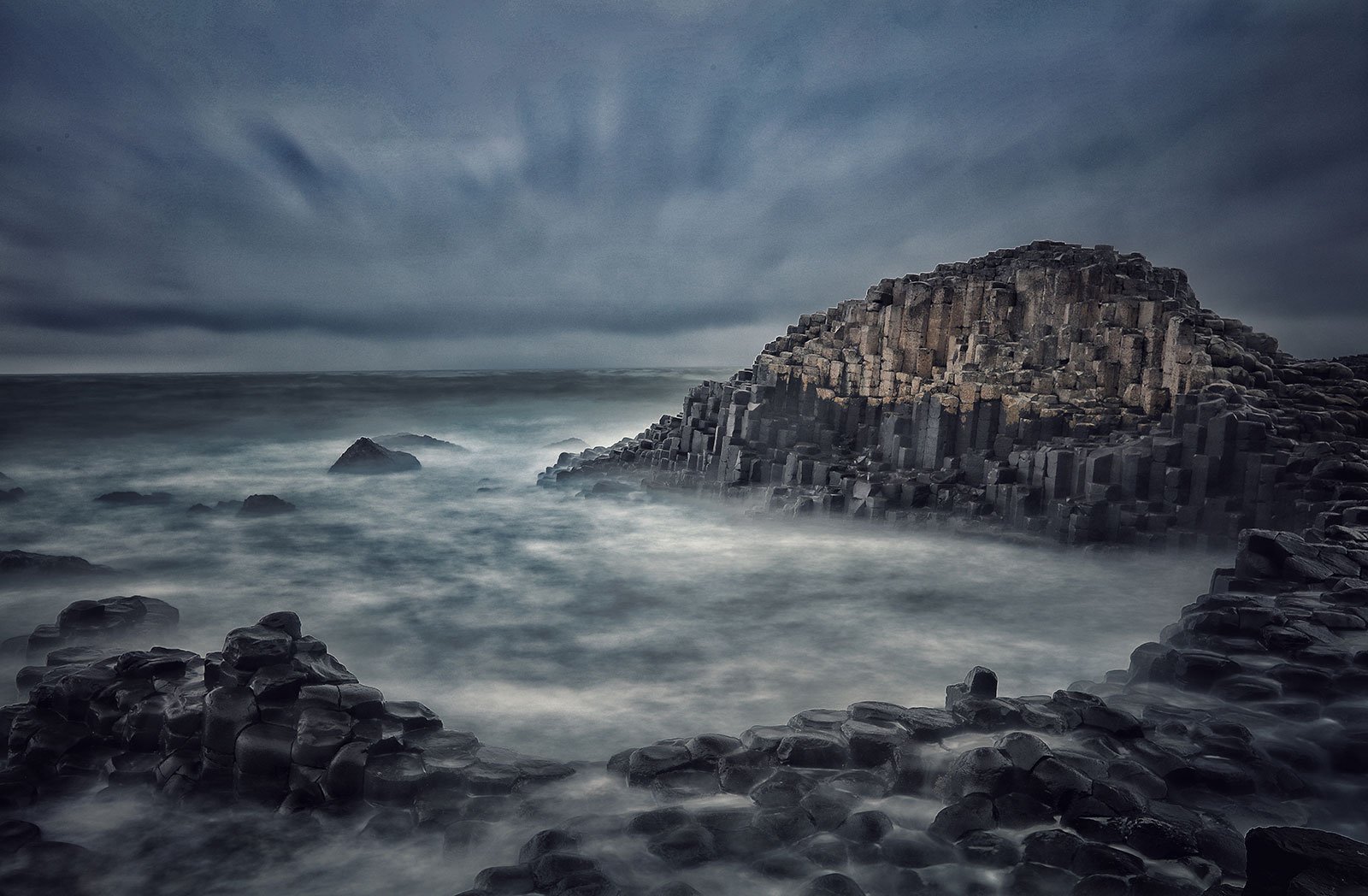
For years photographer Chris Rainier has been captivated with the process of exploring the meaning of ‘sacredness’ in a world filled with numerous religions, identities, and increasing consumerism. For the past four decades he has traversed the vast stretches of the earth in search of sacred sites and landscapes and recently has compiled the fruits of his many journeys into a photo series and upcoming book titled Sacred.
Rainier’s work is filled with hauntingly beautiful yet diverse scenes of age-worn structures, dazzling natural wonders, and intimate shots of communities from around the globe. This decades-long process of unfolding the mystique of “sacredness” has also afforded the documentary photographer memorable epiphanies and reflections,
“As a photographer, I look at the world with a particular lens: the lens of the visual medium […] The world as I have discovered it in all the years of my travels is not monolithic. Rather, all cultures are born of multiple ways of being, thinking, seeing, and of defining what is ‘sacred’. I have journeyed and explored to try to understand these different ways of looking at our remarkable world and to discover what is sacred to me.” Rainier says, speaking to PetaPixel.
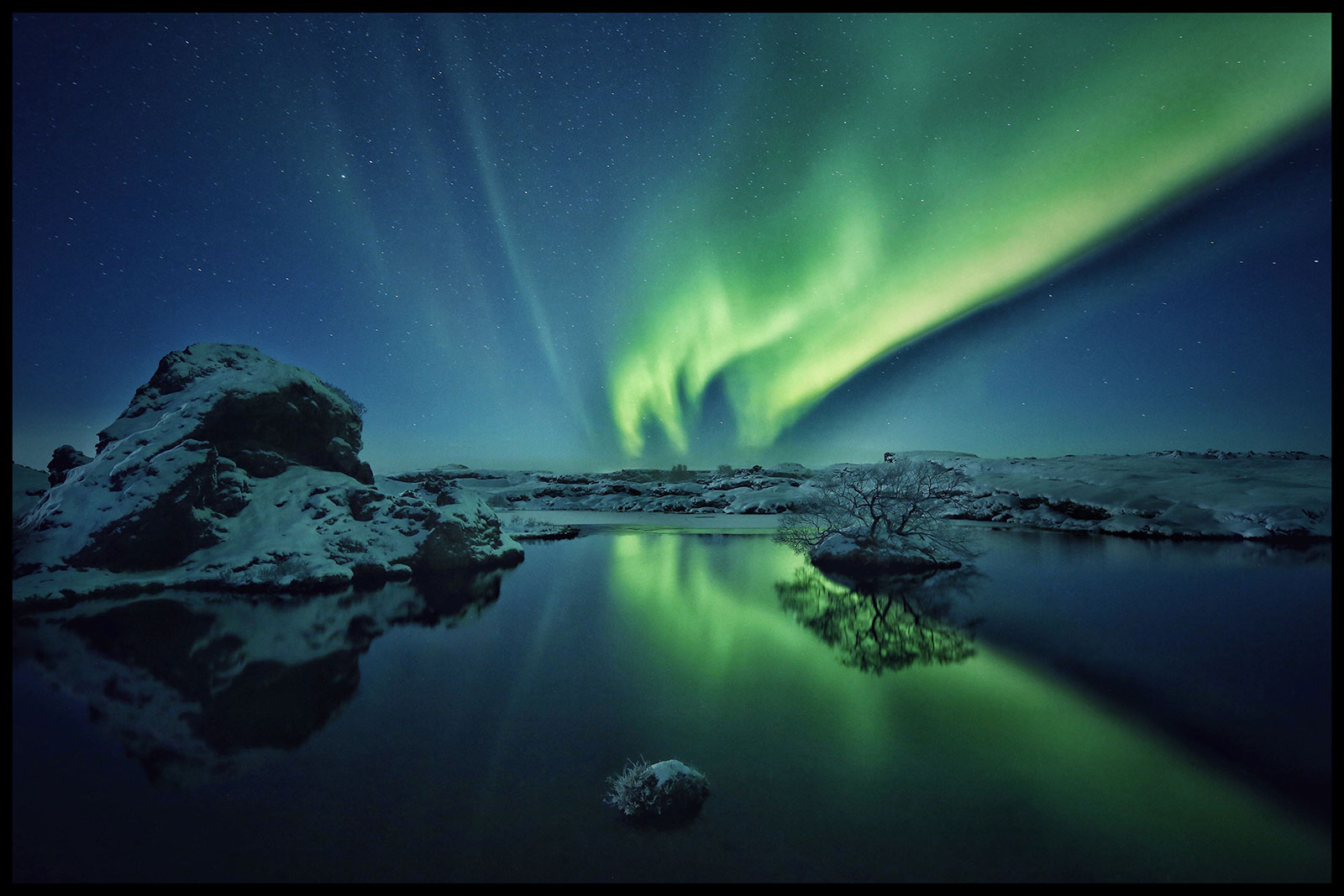
This unfolding is also what led Rainier towards a pursuit of celebrating the numerous wonders of the world, both natural and manmade.
“I experience equal joy in being awestruck by the sheer immensity of the Grand Canyon in the American Southwest as in standing before the ancient ruins of AlUla in the Saudi Arabian desert. All things natural and man-made are connected by a sacred, primordial thread that entwines to make up the complex, beautiful whole that is our planet earth,” he says.
Rainier feels an urgency to document and help protect fragile ecosystems in a climate-changing world. His work has been focused on recording and creating a sort of postcard or visual documentation for the future unborn inhabitants of the planet.
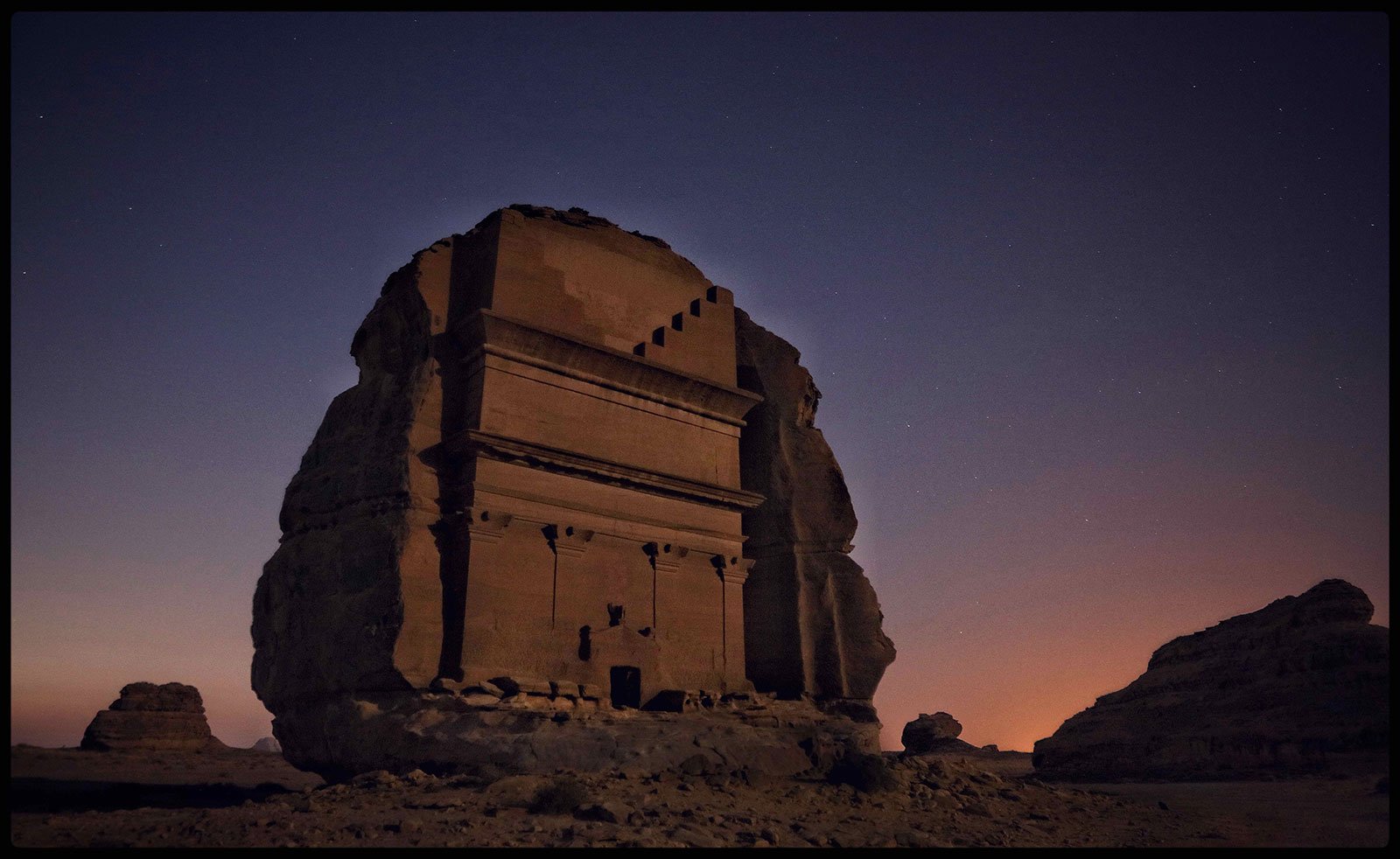
“With the pressure of the tsunami of modernity sweeping across the planet and our human presence and impact growing ever greater, I feel an urgent need to document and to help save the fragile ecosystems that have survived for thousands of generations and that are now under such duress. We are changing the planet rapidly and beyond recognition—and if we are not careful, it may be to our own demise.”
In his quest, Rainier had set foot on every continent (including the North Pole) and last year was even a part of a skydiving expedition that set a record for skydiving over Mt. Everest at over 30,000 feet.
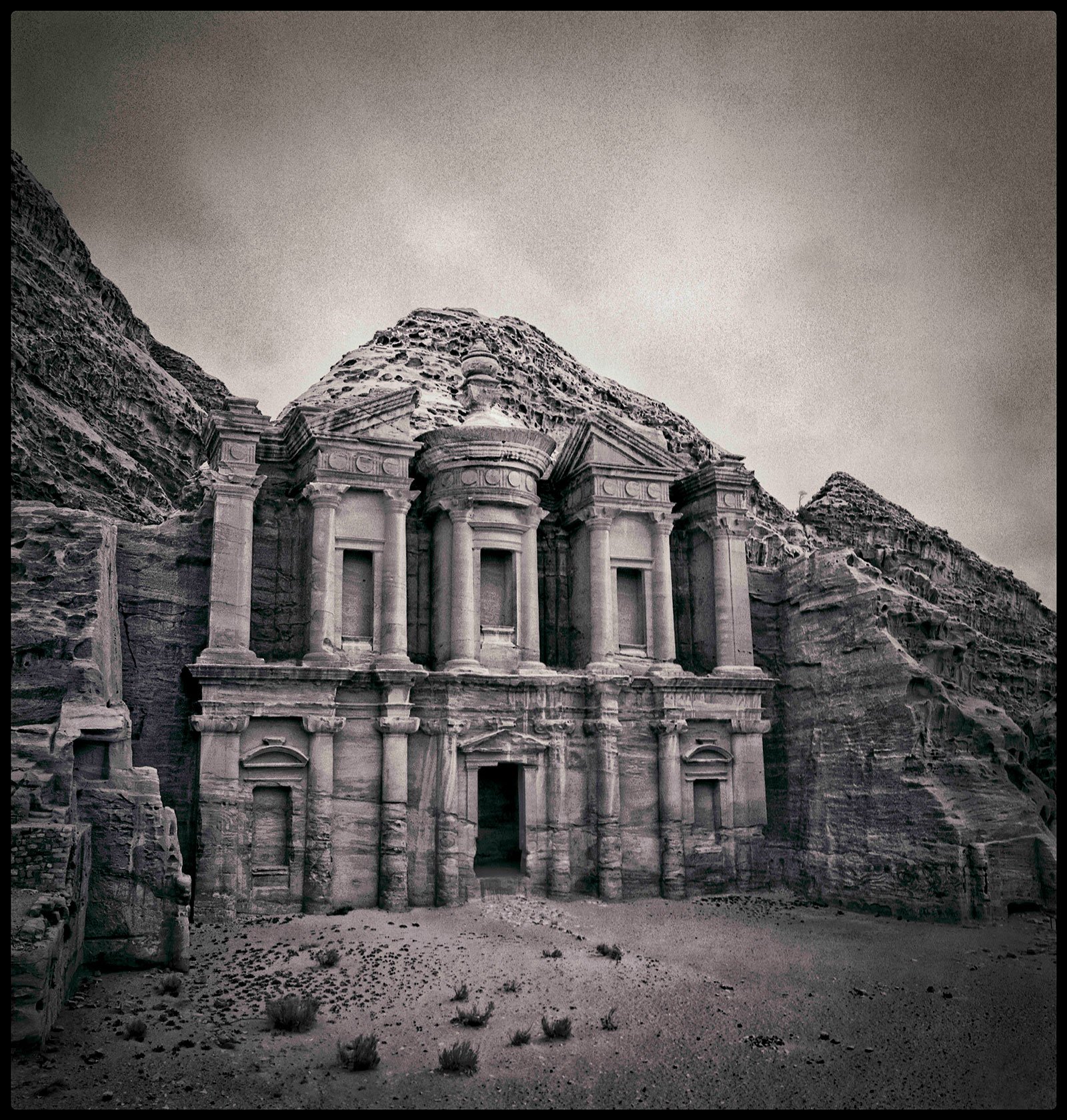
Before skydiving over Mount Everest, Rainier worked as the last assistant of renowned landscape photographer Ansel Adams in the 1980s. Gleaning more from Adams’s tutelage than just the normal lessons in photography, Rainier was shown the merits of stewardship and preservation,
“He taught me the importance of using photography as a social tool for good. His photographs in all of their artistic beauty are testimonies to the urgent need to preserve and protect the last areas of true wilderness in the North American landscape. I took his wisdom and his dedication to heart, and I have tried to apply them to my mission in life,” Rainier says.
Rainier’s images depict epic shots of organic materials in twilight hazes, textured cloud displays, and otherworldly landscapes; all of which capture a unique mood that treads slightly on the spiritual but an earthly ethereal experience.
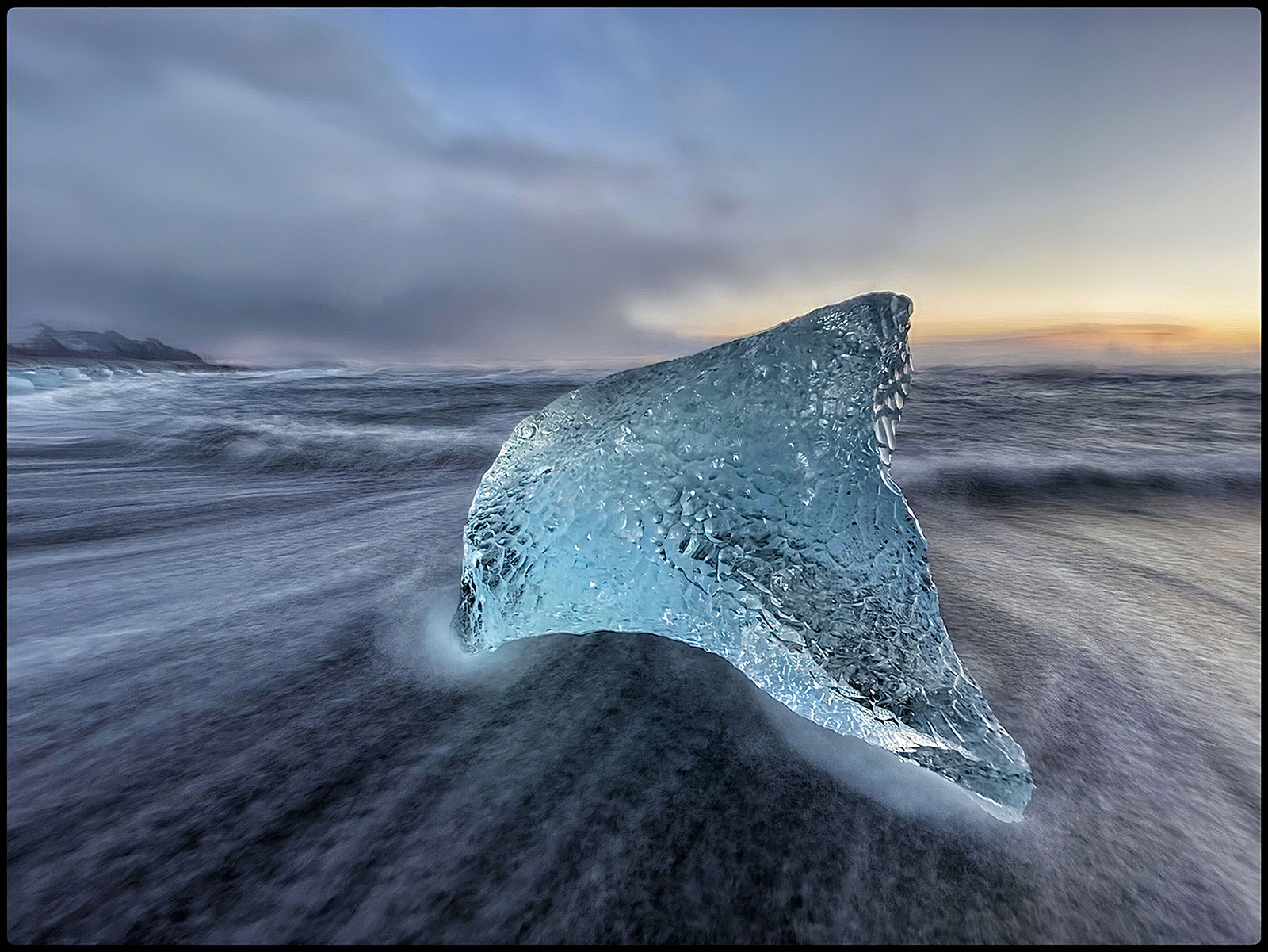
Capturing these kinds of moods and traveling to various sacred sites could be perceived as a “weighty” experience for some photographers, but Rainier views these spots through a different lens.
“Sacredness in its true sense is actually very light and full of joy. For me once I have found a sacred place I am joyful. And the people who visit these sites are full of joy and lightness,” he explains.
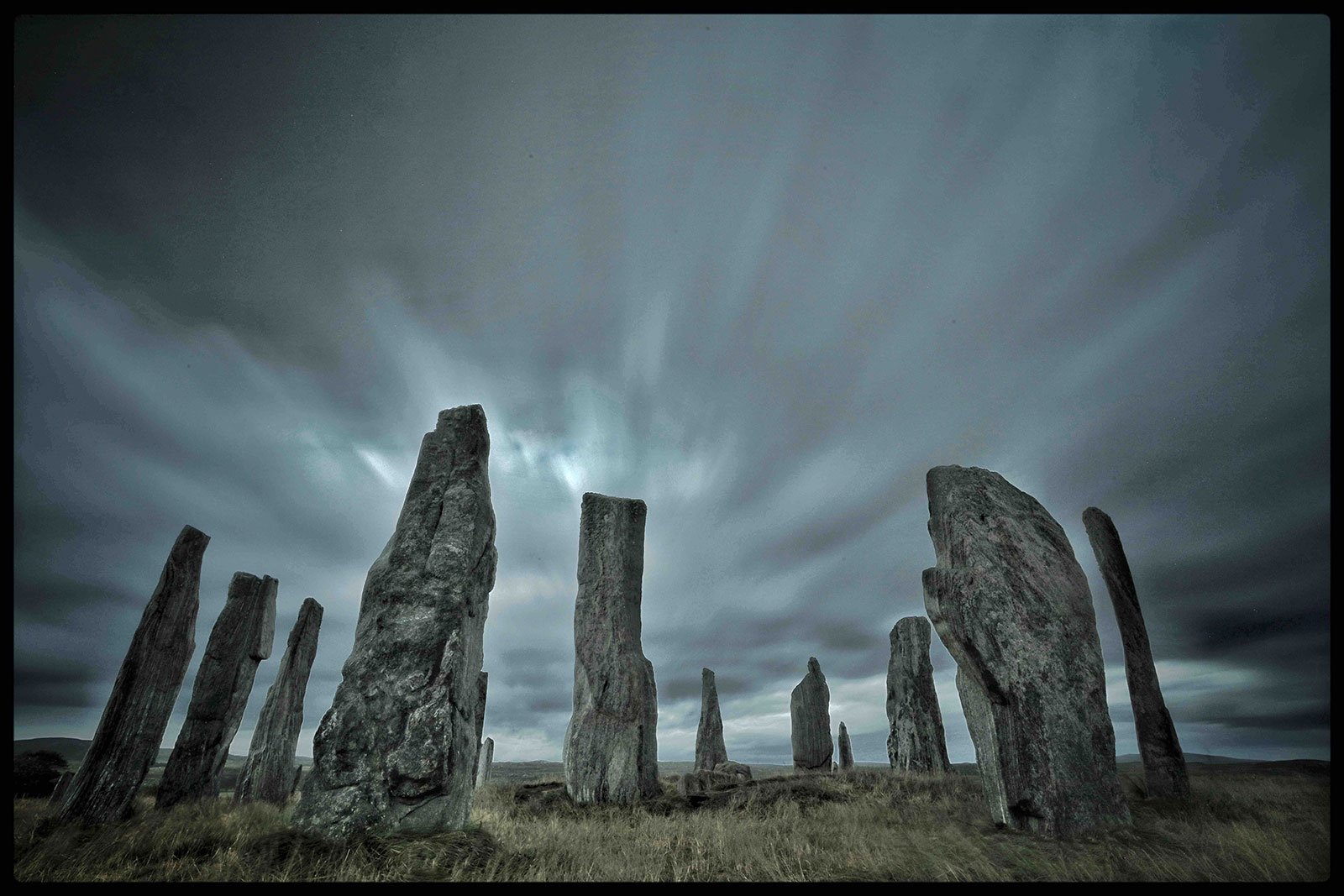
This project has also allowed Rainier to be a guest in several communities and numerous faith practices, which continues to impact his growing respect and compassion for various interpretations of “sacredness” to people,
“I think what traveling for so many years has taught me – is that there are multiple realities around the world. Each culture, each religion, and each spiritual belief system looks at the world in a very different way. So, for me, it is important to reserve judgment and be open to other ways of being […] Also, the essence of the book [Sacred] is about each culture, each religion, each spiritual belief – including Indigenous and as well as ethism finds their own form of sacredness,” Rainier says.
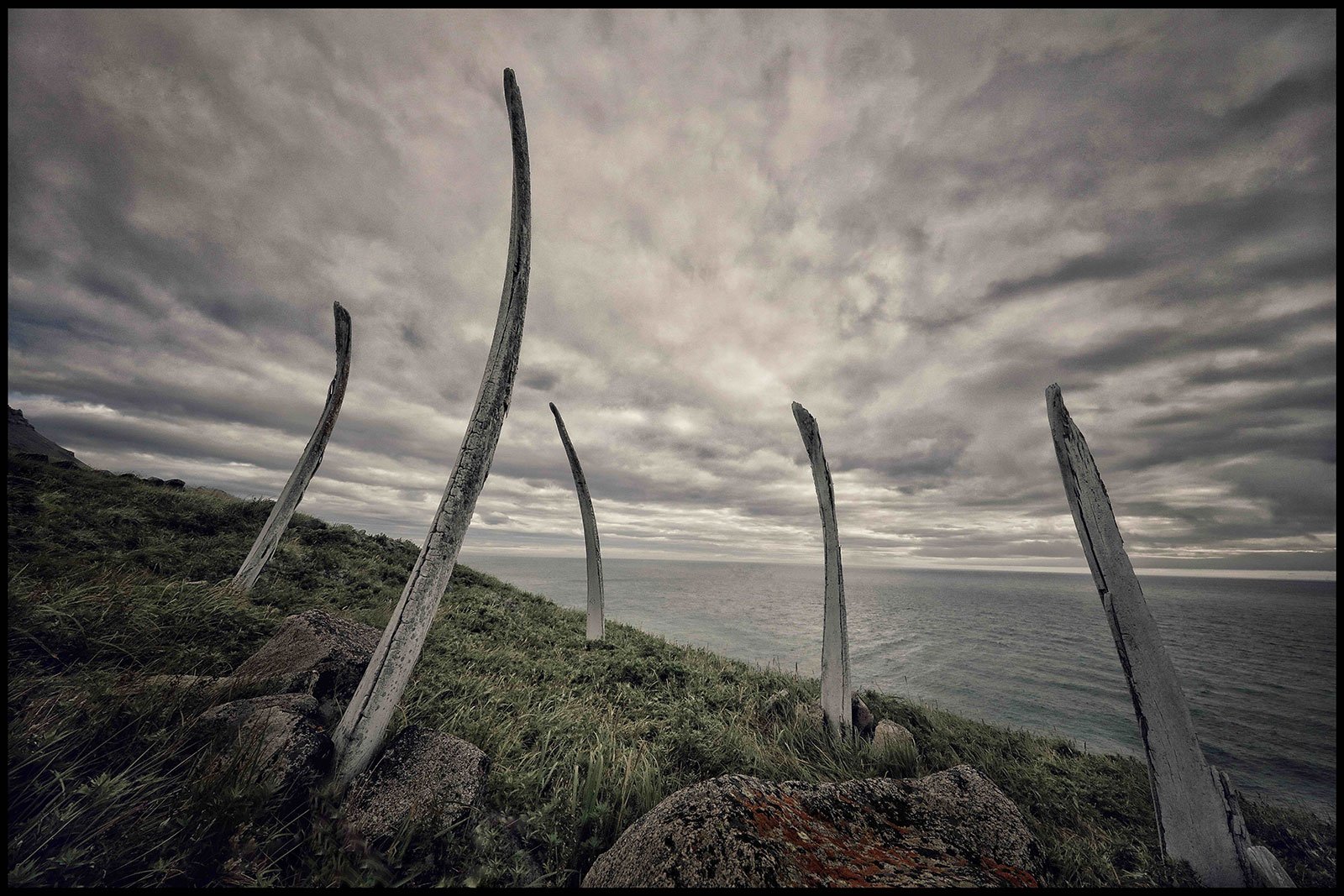
When it comes to the equipment Rainier uses to capture his enthralling images, the photographer muses about his choices.
“Over the years I have used every possible form of a camera from a 4X5 inch large format camera to a small plastic Diana camera. Today I believe in the economy of movement. I use my Canon 5Drs with a few lenses — and love it. Where I go you need to travel light and be sensible about what you bring.”
Rainier can find satisfaction in his images when his pictures convey the same emotional feeling he had at the time when shooting.
“In other words, an equivalent emotional response is had by the viewer that I had in the sacred place,” Rainier says.
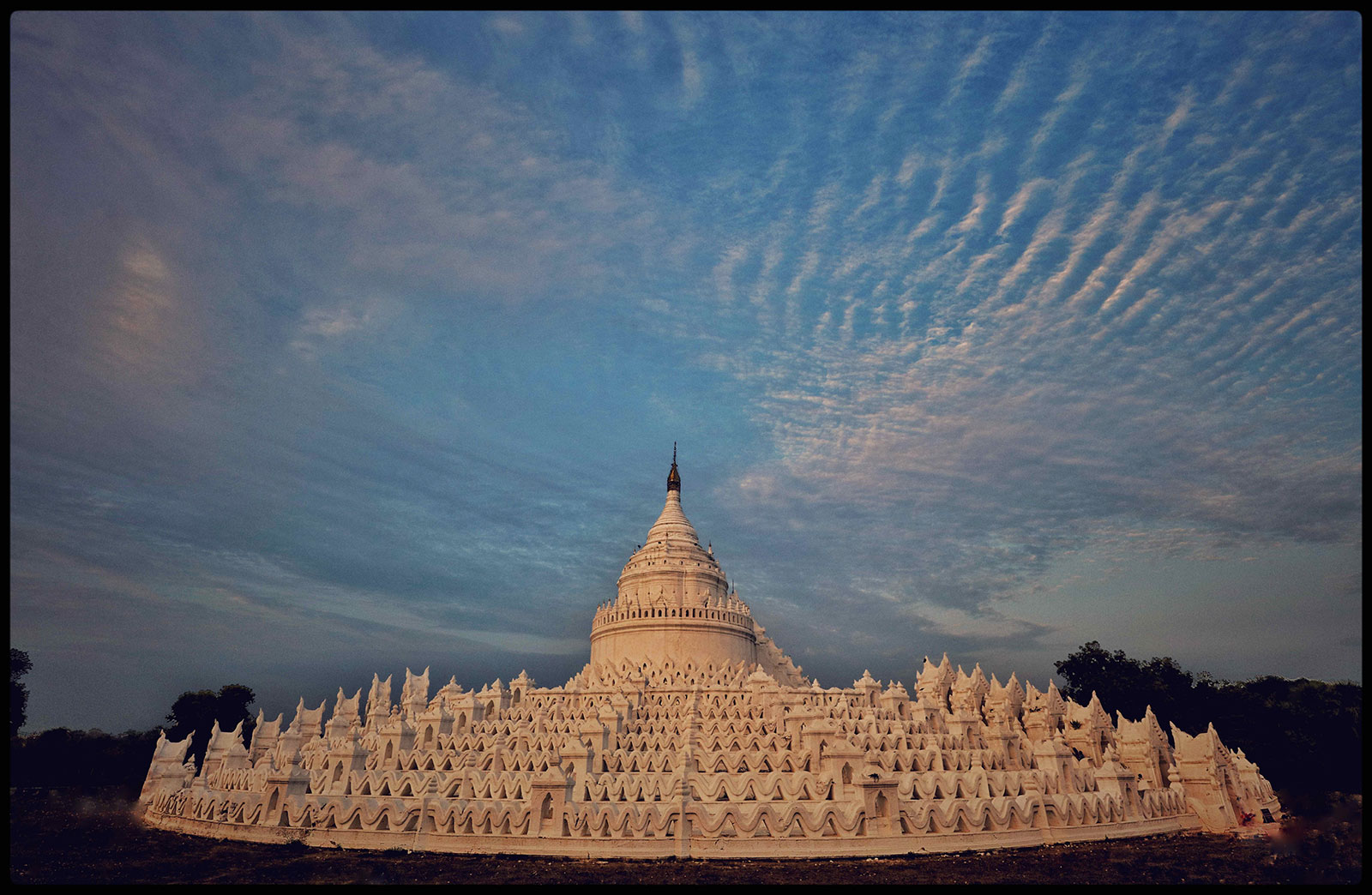
When reflecting on past works and words to help alleviate those stuck in the all too familiar creative blocks that often arise, Rainier expresses the importance of a simplistic commitment to motion.
“All artists — all photographers — have moments in time when you feel stuck. Just keep moving – keep shooting. Sometimes we actually are photographing our way into a realization of where to go. The creative process sometimes gives you the answer way before you are aware of it. Just keep shooting.”
Sacred is set to be released on October 4th and Rainier has been preparing for it as well as staying busy with working on his next few books,
“I am working on a series of books. The next one is on a subject very close to my heart. The Future of Exploration. Where are we going as a species into the future? What is still to be discovered, to be explored – what photographs are there still to be discovered out there?! I like long-term book projects. Both Sacred and my last book Mask took over thirty years to complete.”

Fans of his work can rest assured that any of Rainier’s future projects and rather missions will always be centered on messages to inspire action and hope.
“My mission will always be to photograph the last “wild,” the truly sacred places that remain. A photograph builds bridges across cultures. A photograph shares important issues of the day. A photograph conveys complex and important messages about humanity. A photograph can change you and me and can change the world.”
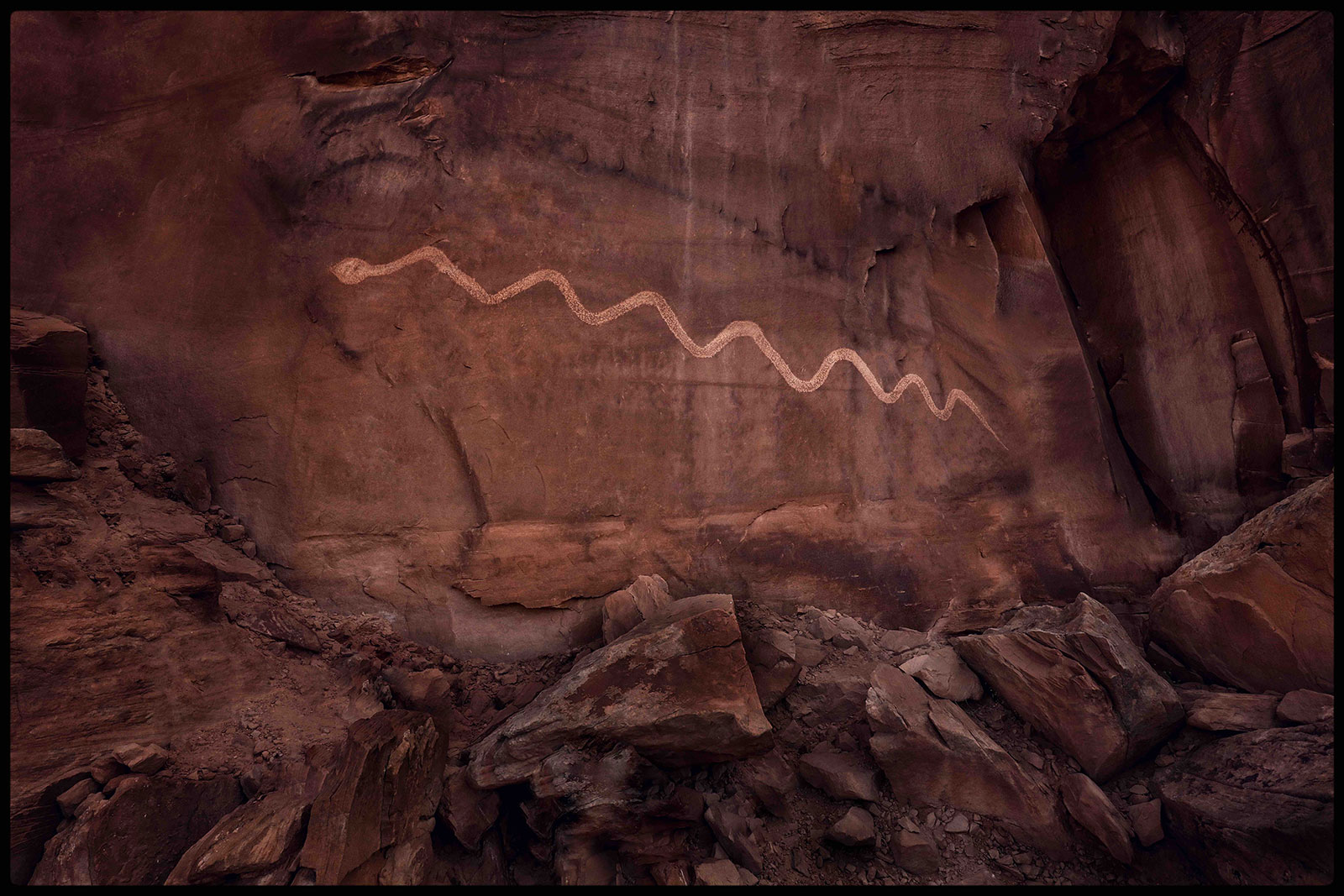
For more from Rainier, make sure to visit his Website and instagram
Image credits: Chris Rainier






